Unvelling India's Glorious Past: 75 Years of Research by an Archaeologist
The book deals with some of the most important excavations carried out and researches done by the author during his long academic career. These include excavations at Kalibangan in the Sarasvati basin which have brought to light the earliest (2800 bce) agricultural field in the world, besides an excellent layout of streets and houses. Located in Allahabad District, Uttar Pradesh, is Sringaverapura where an over 200-metre long water-tank, with its multiple components, is a unique example of Indian hydraulic engineering 2000 years ago. And in the far east, in Odisha, is Sisupalgarh, where a fortified township ascribable to the Early Historical times has been laid bare. It is a delight to see its massive gateways and layout which, incidentally, corresponds to the norms laid down in Kautilya’s Arthasastra, a well know treatise of the 4th century bce.
But more important than the foregoing discoveries is the finding of solutions to certain highly debated issues, such as the historicity of the two Indian epics, the Mahabharata and the Ramayana. After exploring and excavating sites associated with the former, including the key site of Hastinapura, Professor Lal has found very compelling evidence which demonstrates that this epic has a basis in history. The archaeological evidence is duly corroborated by that from the Puranas. Similar is the outcome from the excavations of the Ramayana sites. We have a 2nd century bce terracotta from Kausambi which depicts the abduction of Sita by Ravana. Yet another terracotta, from Haryana, portrays the figure of Rama himself, inscribed with his name in letters of the 3rd century ce.
But the most important achievement of Professor Lal is that relating to the Aryan problem. In unequivocal terms he has shown the ‘Aryan Invasion’ is but a myth ever generated by Western academia. Also, putting together the evidence from archaeology, hydrology, geology, and 14C method of dating the past, and that from the Rigveda itself, Lal has established that the Vedas and Indus-Sarasvati (Harappan) Civilization are but two faces of the same coin and that the Vedic people are indigenous and neither invaders nor immigrants.
Get it now and save 10%
BECOME A MEMBER

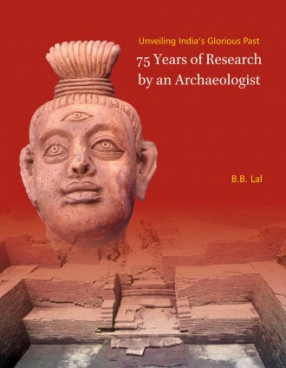
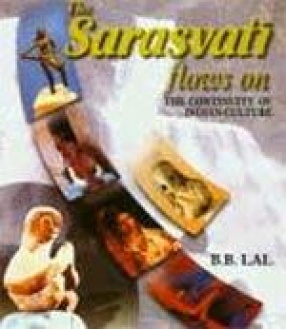
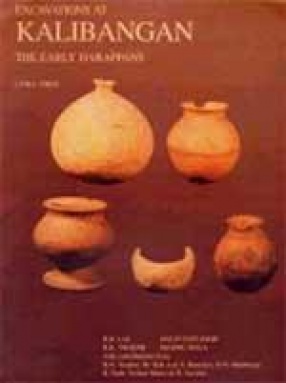
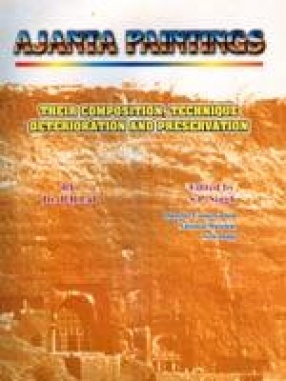
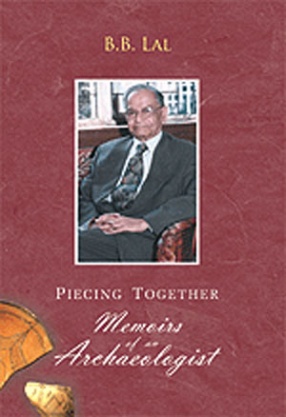
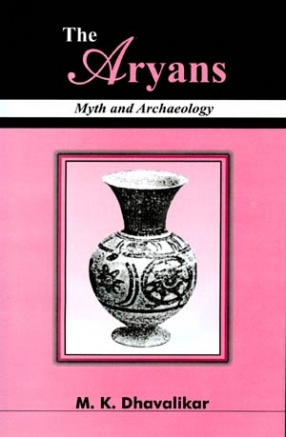
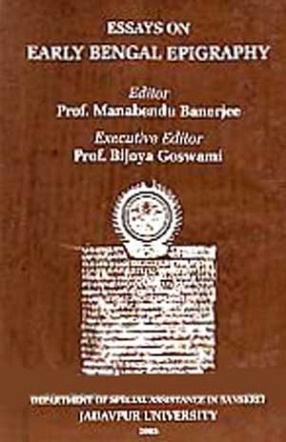
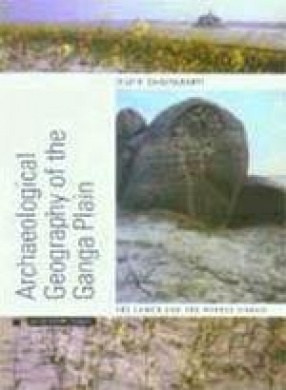
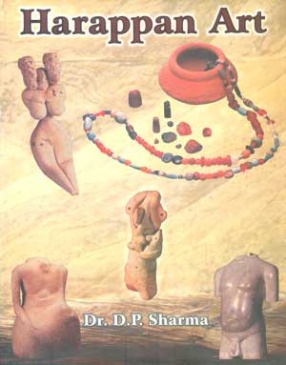

Bibliographic information